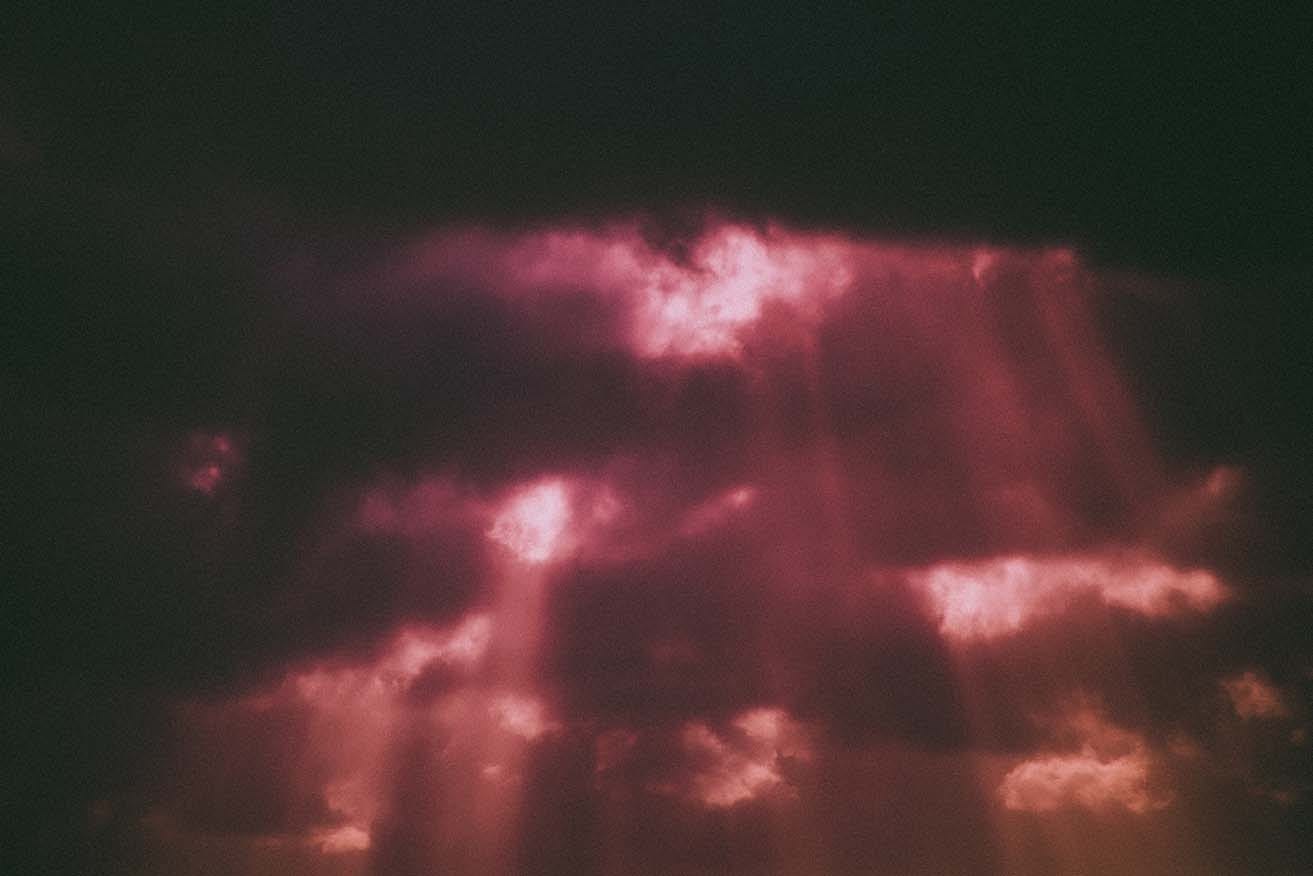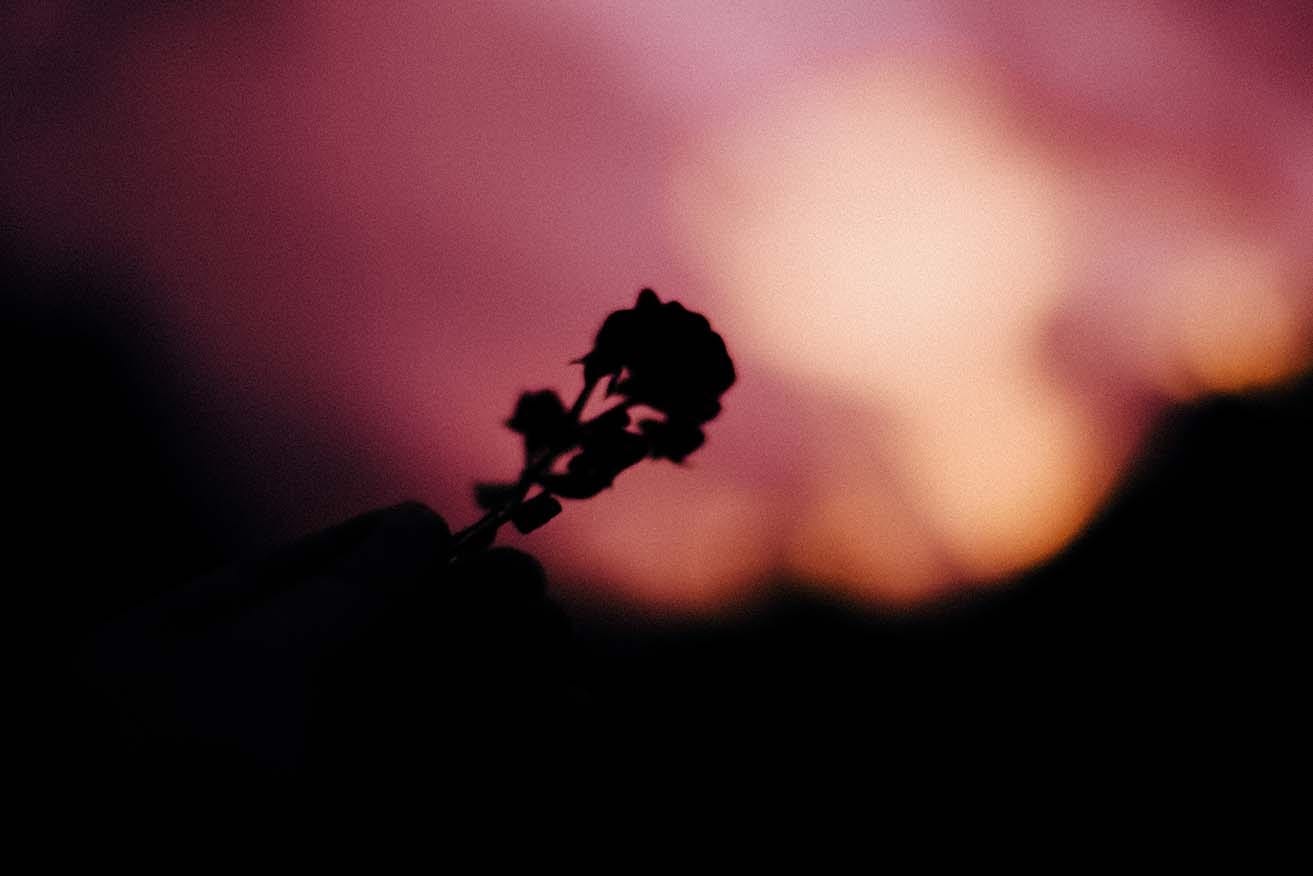Simple climate action // I S S U E # 4 5 // F U N E R A L S
Many decisions about the way we live, and even the way we die, attempt to control the impact we have on the planet. While that’s very noble, we are all guilty of soaking up outdated information, hunches, wonky intuition, and persistent myths. Nowhere is that more true, arguably, than in the myths and taboos around death and burial, as beautifully and irreverently skewered this month by the brilliant Erica Buist.
As with many of the topics we’ve explored through Hothouse, many climate-related issues only become more complex and more nuanced the deeper you dig, and many of our assumptions and long-held beliefs turn out to be wrong. Nowhere has that been revealed more gruesomely, and eloquently, than in the tale of New Orleans’ dead, where Erica takes us today...
— Jemima Kiss
Want to see the results from last week’s poll? Here are the funeral plans for your final party 🌱💀⚱️⚰️:
The curious case of New Orleans
In which we discover that burying someone isn’t always that easy
By Erica Buist
You don’t get to travel the world attending death festivals then march around the internet banging the drum for green burial practices without people demanding to know which is “the best”. And while I feel weird picking a favorite, this green burial practice is one that came about by the most grotesque of necessities…
The story starts with some French prisoners in the 1700s who were given the choice of staying in prison, or going across the world to help build a new city. They would be released from prison with a new life and a new job – but what probably wasn’t made clear to them was the full reality of what awaited them: a swamp, a tropical climate, and on a cooler day in August temperatures might, if they were lucky, drop to only 100°F with 100% humidity. Also alligators, poisonous snakes, mosquitoes that carried yellow fever, which in 1853 would kill 10,000 people in one summer alone. It took until 1905 for anybody to realize the mosquitoes were to blame, as they assumed the disease was being caused by all the decaying bodies.

That’s the other thing about early New Orleans – the dead bodies absolutely refused to stay in the ground.
New Orleans was a Catholic colony when it was founded in the early 1700s, and so as per the religion, bodies had to be buried; it would be another couple of centuries before the Catholic Church withdrew its condemnation of cremation, and even today it maintains that it doesn’t “hold the same value” as burial. But here’s the awkward thing about relocating when your beliefs were formed under the influence of a different patch of the planet: New Orleans is a terrible place to inter the dead. Firstly, they believed (as many still do) that bodies had to be buried at six feet, which is tricky to do when you hit water after four. So, since bodies were being buried in what amounted to an underground river, there was no guarantee a body would stay in the spot where it had been buried. Your aunt could have floated all the way back into town by the time you came to lay down flowers.
And the dead didn’t just move sideways, but upwards – when it rained, rising water levels would bring the coffins back to the surface. The solution the French Catholics came up with was… not great. Particularly for those who had to carry it out: a guy who probably wished he’d stayed in prison had to drill holes in the coffin so water would get in and weigh it down. Then he’d dig to four feet, put the coffin in the ground, then jump up and down on the coffin lid until it got down to six feet. He then covered it with dirt, and his work was done – until it rained again.
The rising water levels would still bring the coffins closer to the surface; only, by now, the body would be producing gas. In a coffin full of holes. Scientists among you will have worked out what’s coming: the dead were popping out of the ground like horrible champagne corks, all over the city. Their first solution was to build a gate to contain the leaping corpses to the cemetery, leaving our poor friend with the worst job in the world to find the remains, have no idea whom they belonged to, and simply dig a hole and rebury them.

In 1789, they solved the problem by opening Saint Louis Cemetery with an ingenious and entirely green solution to the problem of their city’s reappearing dead. As of today, Saint Louis has around 700 tombs housing approximately 100,000 bodies – and unlike countless Catholic cemeteries throughout history they will never, ever run out of space. The tombs are all above ground, one on top of the other like stone morgues. The body is placed inside, where, under the Louisiana sun, temperatures can get up to 350°F - the temperature at which you’d roast a turkey. Over a year this causes a natural cremation, leaving nothing but ash, maybe a few teeth. After leaving the body for a year and an extra day for respect, they take a ten-foot push broom and sweep the remains to the back of the tomb, where they fall through an opening into a pit.
The Catholics of early New Orleans reasoned that this form of cremation was acceptable because Jesus was also buried in an above-ground tomb – plus they weren’t cremating their dead: nature and God were.
American Protestants were not big fans of this practice when they arrived. They didn’t take kindly to being told what to do by the French Catholics, so they went ahead and buried their dead and just put down a slab to keep them underground. But the practice didn’t catch on – sure, the slab stopped the dead from leaping out of the swampy soil, but no one thought to soundproof the inside. Our brilliant cemetery guide Dartanya Croff commented, “You wanna hear that coffin hitting that big heavy slab all the time. And this is where French parenting comes into play: a child would say, ‘Mama, what’s all that tapping?’ and the mother would say, ‘Well, honey, when they were alive, they were very wicked Protestants, so they’re trying to break out of hell. So, honey, you be a good Catholic and that will not happen to you.’”
Love the environment you’re in
There is a profound environmental lesson in this story. It’s not something that people in the majority of the planet’s settlements could replicate – here in the UK, we’re having what we rather adorably describe as a heatwave, and even if this lasted all year I doubt the heat in a stone morgue could coddle an egg, much less reduce a human corpse to ash. The lesson in the story is that the New Orleanian settlers were forced by the grotesque disconnect between their beliefs and the realities of their environment to redefine their burial practices so that they worked in harmony. Which is a beautiful, simple blueprint for green burial: adapt your practices to the environment you're in. And that is, in a wider sense, a blueprint for greener living generally; living in harmony with our surroundings instead of trying to bend them to our will.
Do we need fire in our death rituals? Do we need coffins, formaldehyde, new clothes, stuffing in our eye sockets and cheeks? Do we need demarcated real estate in the ground? Do we need concrete, mushroom spores, or silk inlays? For many, the answer to any one of these questions might be yes, but there are ways to take what you need and give back what you don’t. There are ways to connect with the environment you’re in, ask what it needs, and find common ground.
Few of us live in environments that will bite back quite as hard as New Orleans bit the early settlers, but perhaps we can live in a way that wouldn’t make Mother Nature bare her teeth at all.
I assume and hope at this point that, like me, you’re on board with the idea of having a green burial, and would like me to quit complaining about all the ways we’re getting it wrong and – finally, gosh darn it – throw out some inspiration. In the final piece of the series, I will get to some examples of what you can do to have a greener burial, leave a lighter touch on the earth, and show that there are choices for you no matter what your religious or personal beliefs.
What do you most want to know about green burials? Tell us before our next issue.
Hothouse is a weekly climate action newsletter written and edited by Mike Coren, Jemima Kiss, and Cadence Bambenek. Everything we publish is free to read — your donations fund our writers and artists.







